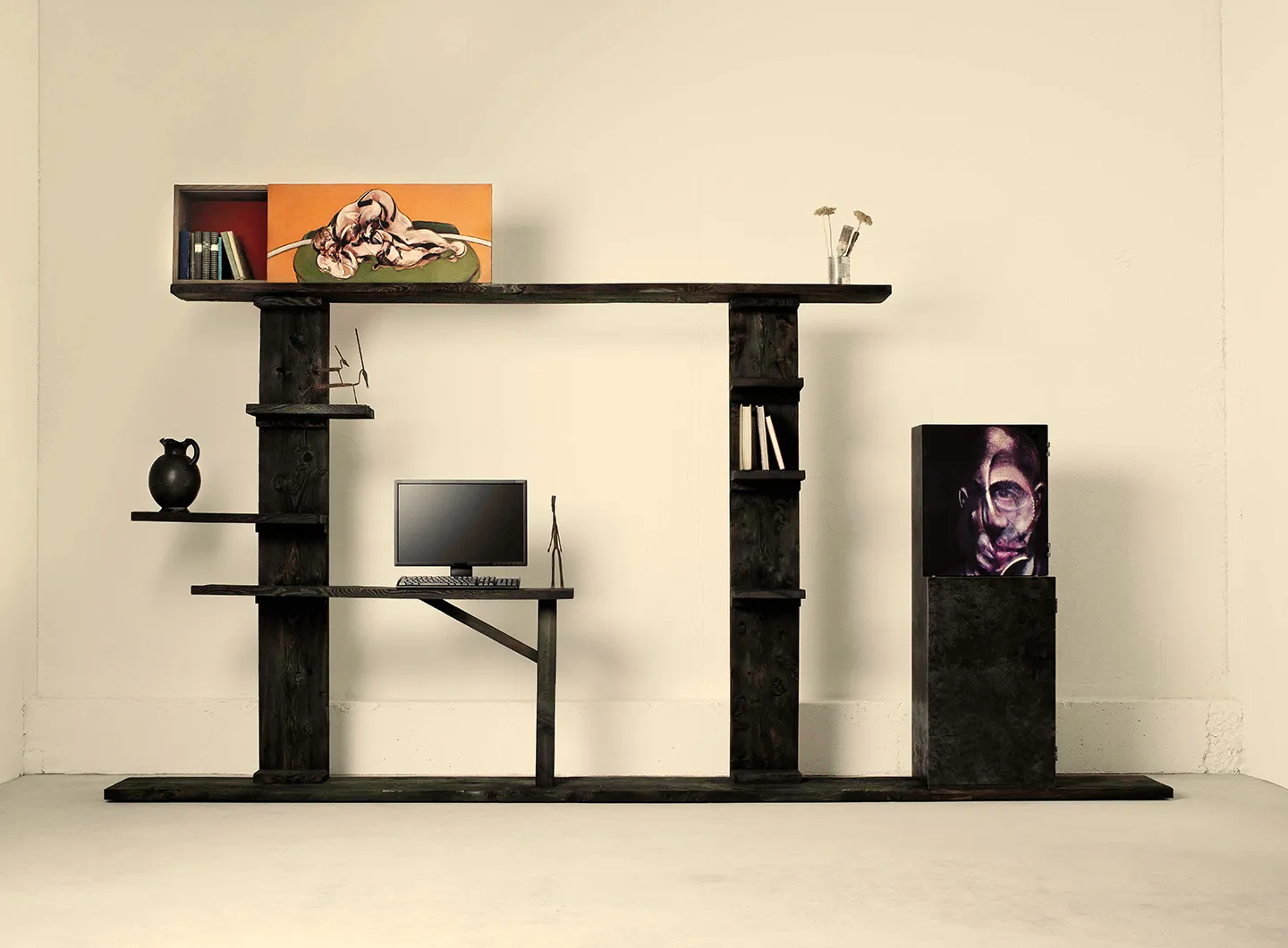Pure volumes, minimal or non-existent decoration, primacy of functionality, harnessing new materials: from the Casa del Fascio in Como to the railway station in Florence, the story of an experimental period that, after almost a century and several attempts at damnatio memoriae, remains a tangible presence in Italy.
Big Book of Design

Big Book of Design
A packed, encyclopaedic volume devoted to the history of international design from the Twenties to the present day, edited by Andrea Branzi.
Andrea Branzi is not just an architect and designer, he is also a historian, theorist and teacher, and has written some of the most interesting and perceptive books on Italian design, amongst other things. He has also edited the Big Book of Design, fresh off the press, a packed, encyclopaedic tome covering the history of international design, from the Twenties onwards.
Branzi is one of the most lucid and sensitive interpreters of society, reality and the culture of contemporary design, and firmly believes that students of all kinds need to be shown how to learn for themselves, capable of training themselves, rather than learning consolidated formulas, in order to be able to approach the world of design with a critical mind, challenging the ingrained myths. This belief is perhaps what lies behind the Big Book of Design which offers a thorough insight for anyone interested in finding out more about design – not just students, but also professionals or even just enthusiasts and fans – providing analysis and basic information as well as a pointer to further information. It is an indispensable book for discovering who the great masters of International Design were, following their careers and finding answers to questions such as Why are objects the shape they are? How does one manage strike a balance between functionality and aesthetics? What are the design cult objects of our times?

Big Book of Design
From Gio Ponti to Philippe Starck, and Ettore Sottsass to the Castiglioni brothers, this anthology brings together all the leading creators of objects that have carved out a place in our daily lives. There are introductory texts to the designers, providing the main keys to their work according to historiography or current critical analysis, while a selection of autobiographical essays and interviews flesh out the approach and poetics underpinning the objects, shedding a clearer light on the main currents running through the history of design. This compendium of objects also illustrates some of the design icons that have profoundly influenced the way in which we live, and which remain deeply ingrained in the collective imagination today. Short factsheets, sketches, drawings and photographs document their processes from conception to finished product, allowing us to trace the history and creations of famous designers who, often simply guided by intuition, have produced objects symbolic of everyday life: from the Chaise Longue by Ludwig Mies van der Rohe, the first to follow the ergonomic lines of the human body rather than the rational, geometric lines of German Functionalism, to the Abitacolo by Bruno Munari produced in 1971 and awarded the Golden Compass in 1979. There is also the Grillo telephone designed by Marco Zanuso, a forerunner of the modern mobile phone, with its compact, essential lines and, especially its innovative technology, and the Pipistrello [Bat] lamp designed by Gae Aulenti , a totally original object with its subtle figurative reference to the nocturnal creature, and its telescopic base, which allows for height adjustment, enabling it to be used either as a floor or a table lamp.
A must-read for a better understanding of contemporary design and for decoding the complex reality in which we live.
Big Book of Design
Curated by Andrea Branzi
Published by 24 ORE Cultura
















